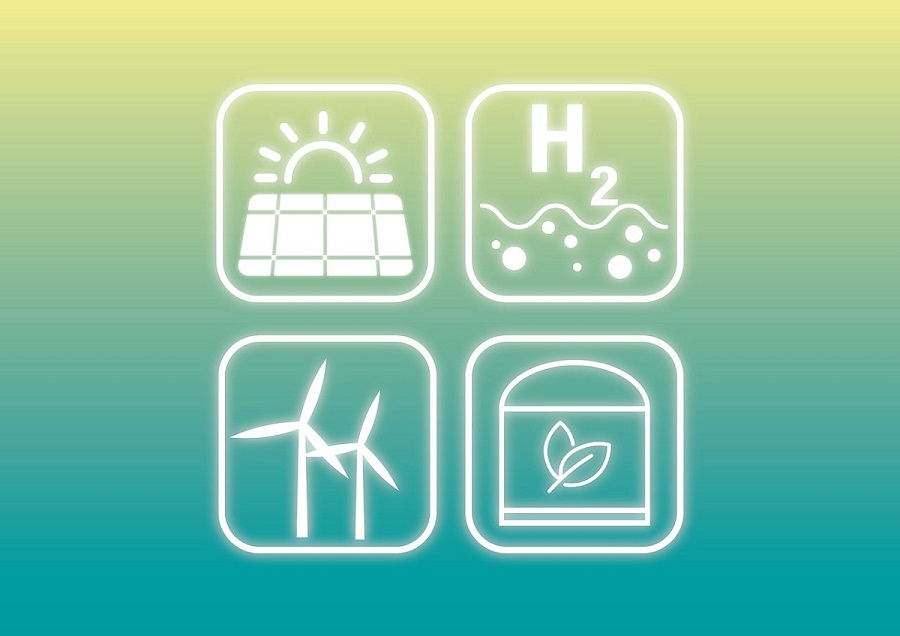The latest trends in the European Union are not good news for the development of green energy and the energy transition. The reduction in gas supplies from Russia to the Union has forced member states to return coal and thermal power plants to the big door. This is certainly in line with the EU Green Agreement, as well as the efforts to reduce CO2 emissions by 2030 until the main goal of 0 emissions in 2050 is reached.
Although the current trends are unfavorable for the process of the energy transition, which without proper support from conventional energy sources can not be successfully completed, still not everything is so bleak. Despite the difficulties caused by the global energy crisis, which disrupted the established channels and quantities of gas supply, which is very important for the EU economy, the green agenda continues to be realized. Yes, it faces some obstacles, but it is a big process in which a lot is invested. In addition, green energy means the transformation of societies, and this process has begun. In such a situation, a solution is needed for green energy that can be stored. Not only that, but also, an energy that can meet the needs of heavy industry that is energy-intensive, and at the same time generates large amounts of CO2 emissions. The focus of investors, the scientific world, and innovators is on green hydrogen, which offers many opportunities, but also solutions.
Although it may sound unrealistic, the facts and the real projects show just the opposite. Green hydrogen from renewable energy sources is the solution to future energy shocks, and countries that will develop technology that will reduce the costs of obtaining and using it will have a strong position on the energy map in the near future. Green hydrogen is perhaps one of the key solutions to energy independence. Especially the development of technologies to reduce the cost of obtaining green water will bring a key milestone in this energy sector.
Advances in clean hydrogen green technology, as well as refinement of hydrogen electrolyzers and lithium-ion batteries, could be the technology of the decade, according to International Energy Agency Executive Director Fatih Barol. This view is shared by Frans Timmermans, Executive President of the European Commission.
The European Commission is working on a Strategy for the development of green water. In the meantime, large investments are planned, especially after the pandemic in the development of green hydrogen. According to the announcements, investments of several billion are planned in the development of this segment. There is political will, and investments are being made in the development of new technologies that will make green hydrogen cheaper and more accessible. There is no doubt that this energy will be introduced and will play a key role in the future energy mix.
With the investments in new projects and an increase in the quantities of green hydrogen, a reduction in the cost price is expected. Green hydrogen is now up to three times more expensive than hydrogen from fossil fuels. But in the future, with the increase in demand and the development of technologies, the price is expected to decrease.
Forecasts for falling prices of green hydrogen are realistic because investments in renewable energy sources today are much more profitable both financially and technically. It is understandable that many countries are already seriously investing in the development of green hydrogen. The EU is already investing in such projects. For example, Portugal next year plans to produce green hydrogen from solar energy, and the Netherlands plans a 500 MW, green electrolyzer by 2025. This trend is followed by other countries not only in the EU.
Additionally, good news for investors is the fact that the existing gas infrastructure can be used to transport green water in the future, and in addition, the development of new technologies makes this segment of the energy transition very important.

